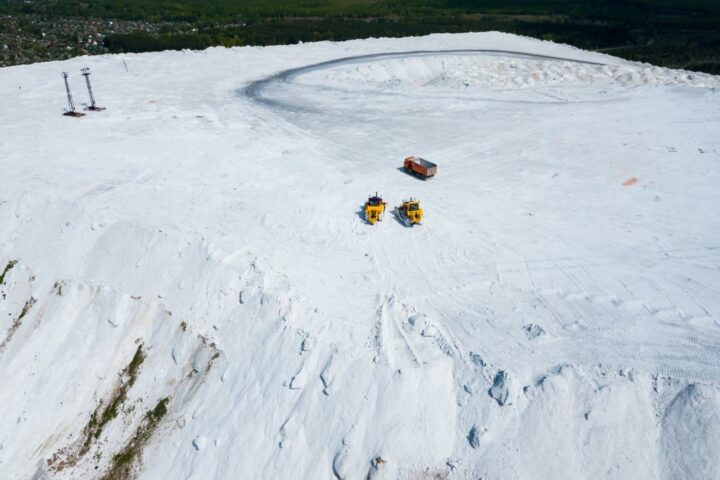Northwestern University researchers have achieved a remarkable feat: directly observing the formation of nano-sized water bubbles from hydrogen and oxygen atoms using palladium as a catalyst. This innovative discovery, facilitated by a novel visualization technique, holds immense potential for rapid water production in arid or extraterrestrial environments.
Key Findings:
- Real-time observation of water formation at the molecular scale.
- Palladium catalyzes the reaction without extreme conditions.
- Potential applications in space exploration and arid climate solutions.
The Breakthrough:
Using a new ultra-thin glassy membrane, researchers analyzed gas molecules in real-time, achieving unprecedented atomic precision. This technique enabled the observation of:
- Hydrogen atoms entering palladium, expanding its lattice.
- Tiny water bubbles forming at the palladium surface.
Practical Implications:
- Rapid water generation in deep space environments.
- Arid climate solutions without requiring extreme conditions.
- Analogous to Matt Damon’s character in “The Martian,” but without fire.
Expert Insights:
“By directly visualizing nanoscale water generation, we identified optimal conditions for rapid water generation under ambient conditions.” – Vinayak Dravid, Senior Author
Reference:
Proceedings of the National Academy of Sciences (2024)
Share Your Thoughts:
How do you envision this technology impacting water scarcity and space exploration? What potential applications do you foresee?

















